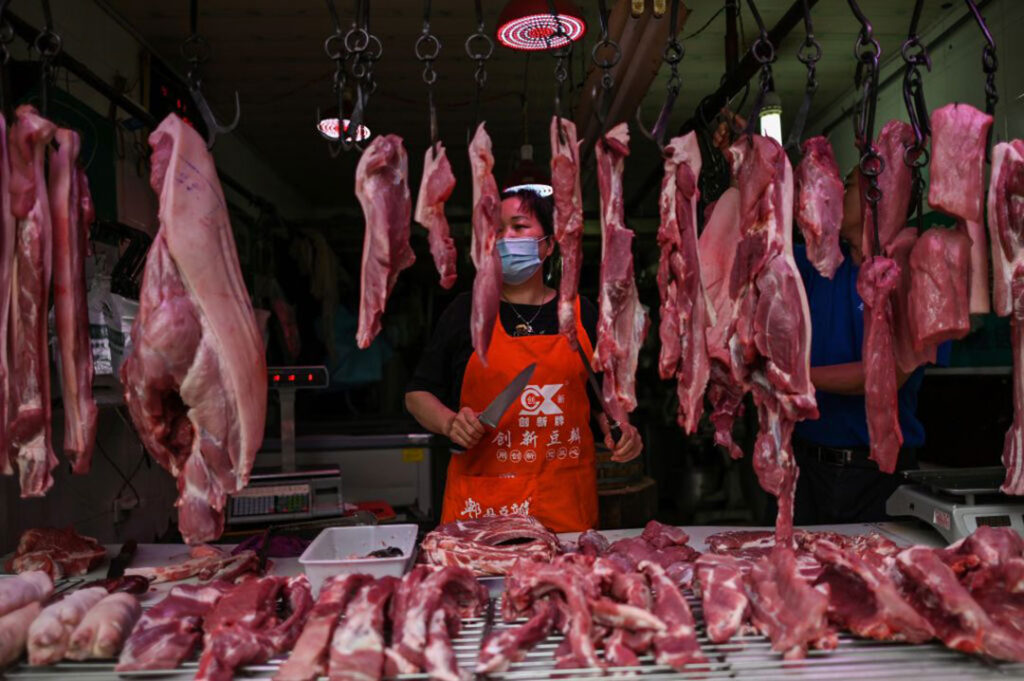ADF STAFF
Since the beginning of the year, scientists have made great strides in understanding how COVID-19 infects people and how to hinder its spread. But researchers are no closer to determining the source of the virus or how it first jumped from animals to humans.
In August, more than seven months after COVID-19 first was reported in a so-called wet market in Wuhan, China, the World Health Organization (WHO) sent a two-person team to China to begin investigating the origin of the virus that has swept the globe. One place the team didn’t go: Wuhan.
Instead, the investigators — an epidemiologist and an animal health expert — spent two of the three weeks they were in China quarantined in a hotel outside the capital. They communicated remotely with Chinese investigators in Wuhan, then spent a week in Beijing working with government officials to plan a future visit by an international team of investigators, a visit that China has said should wait until after the pandemic subsides.
That proposal prompted Dave Sharm, a member of Australia’s Parliament, question the WHO’s dedication to its mission, according to the Financial Times.
“The international community is right to have serious concerns about the rigor and independence of the WHO’s early response to this pandemic and its seeming wish to avoid offending China,” Sharm said. “If this allegation is proven, it is another disturbing incident of the WHO — which is charged with safeguarding global public health — putting the political sensitivities of a member state above the public health interests of the world in the critical early stages of this pandemic. We are all now bearing the immense costs of such a policy.”
China pledged $2 billion to WHO earlier this year to support COVID19 research. That donation — and China’s outspoken support for the nomination of former Ethiopian Health Minister Dr. Tedros Adhanom Ghebreyesus as director general — has raised global concerns that the U.N. agency is being compromised by its relationship with China. Early in the pandemic, Tedros drew criticism for heaping praise on China’s leadership for its handling of the outbreak.
During the World Health Assembly in May, the United States and 129 other nations, without naming China directly, called for a WHO-led effort “to identify the zoonotic source of the virus and the route of introduction to the human population.” China reluctantly agreed to let researchers visit.
Dr. Mike Ryan, WHO’s executive director of Emergency Programmes, told reporters on August 27 that the two-person team had no plans to visit Wuhan during its three weeks in China.
“The primary purpose of the advance mission was to work with Chinese scientists to scope out the full terms of reference for an international mission that will have multinational, multidimensional expertise on such an international team,” Ryan said.
The follow-up visits will focus on epidemiological research into the virus with further study of how it jumped from animals to humans, Ryan said.
WHO officials say the follow-up mission could take place before the end of this year. Chinese officials have said the follow-up will be appropriate only after the pandemic comes under control. They have not said how much access WHO’s experts will have. China has stipulated that WHO will be on hand to assist Chinese researchers, not critique their work, according to The Telegraph newspaper.
Researchers studying the virus that causes COVID-19 have said its genes are nearly identical to a virus found in horseshoe bats native to southwest China. Researchers believe the virus jumped from bats to humans through an intermediary animal, such as a pangolin, possibly in the tightly packed environment of Wuhan’s wet market.
Despite those factors, Chinese authorities and state-run media continue to suggest the virus may have originated somewhere outside China and was brought into the country.
So far, however, the disease’s first human host — “patient zero” — remains a mystery.
At this point, WHO officials say they have no plans to conduct in other countries the kind of investigation they are planning for China.
“We look forward to having a team on the ground,” Ryan said at the August 27 daily briefing. “And, yes, it is our expectation that the international team will visit Wuhan and will engage in supporting and collaborating with our Chinese colleagues on the necessary studies to understand the origins of this virus.”
| Photo/Art Options | Captions |

